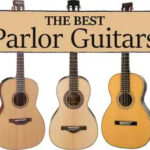Struggling with the B chord on guitar? You’re not alone. Many guitarists find the B chord to be a hurdle early in their learning journey. While it might seem intimidating at first, mastering the B chord unlocks a vast world of music and chord progressions. In this guide, we’ll explore not just one, but three essential ways to play the B chord on guitar: an easy-to-learn open position, and the versatile A shape and E shape bar chords. Whether you’re just starting out or looking to expand your chord vocabulary, understanding these B chord variations will significantly enhance your guitar playing.
The Surprisingly Simple Open Position B Chord
Let’s address something right away: you might not often encounter an “open” B chord shape in standard guitar lessons. This isn’t because it’s incorrect – a B major chord is a B major chord, regardless of how you play it. It’s more due to tradition and the common preference for bar chords. However, if bar chords are currently challenging for you, this open B chord can be a game-changer. It provides a legitimate B major sound and allows you to play songs in B without the finger gymnastics of barre chords.
The key to this open B chord is a little unconventional muting technique. The standard open chord shapes don’t easily accommodate a B note on the G string in this position. So, instead of struggling with difficult fingerings, we’ll simply mute the G string. Don’t worry, you’re not missing out on any essential B major tones.
Here’s how to play this easy open B chord:
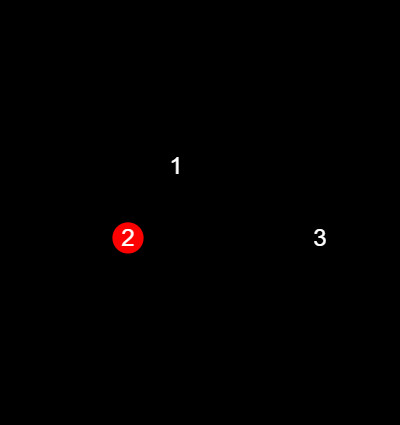 B Major Open Position Chord Guitar
B Major Open Position Chord Guitar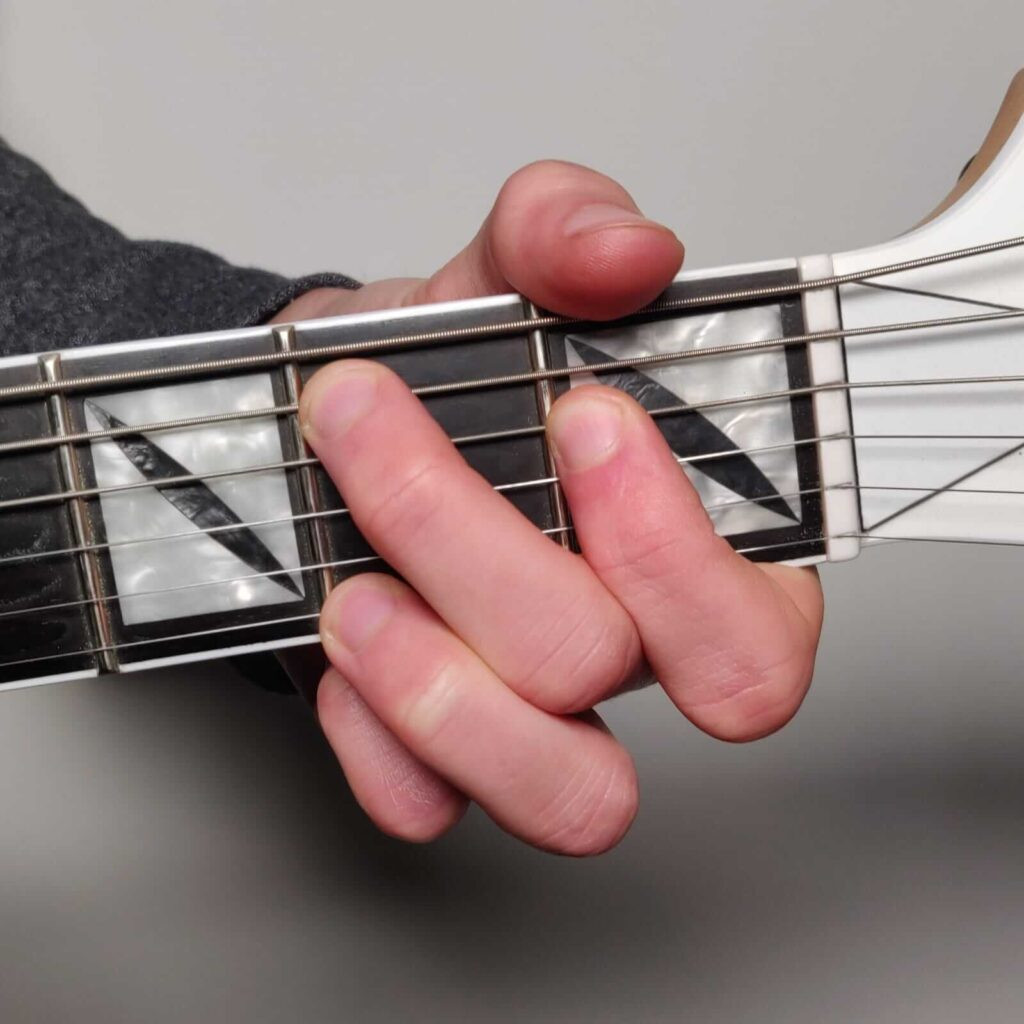 Open B chord guitar fingering diagram
Open B chord guitar fingering diagram
To achieve this chord, use your index finger to fret the C# note on the A string (2nd fret). The trick is to gently lean your index finger back so that it lightly touches the G string. This slight touch is enough to mute the G string, preventing it from ringing out. Additionally, ensure you avoid strumming the low E string or mute it with your thumb or middle finger. By muting the G and low E strings, you’re left with a clear and playable B major chord. This open B chord is perfect for situations where you need a B major sound without resorting to bar chords.
While this open B chord is useful, you’ll find that bar chords are the most common way to play B major and many other chords on the guitar. Understanding bar chords is crucial for expanding your chord vocabulary and playing in various musical styles. Let’s dive into the first essential B bar chord shape – the A shape.
Unlocking the B Major Bar Chord: The A Shape
The term “A shape” in bar chords might sound confusing at first. How can a B chord be an “A shape”? The concept becomes clear when you understand that bar chords are movable chord shapes. They are based on familiar open chord shapes that are shifted up the fretboard.
Think of a standard A major chord. Now, imagine taking that A major shape and sliding it up the guitar neck. By adding a barre with your index finger, you can effectively move that A shape to create different major chords.
Let’s visualize this. Start by playing an A major chord, specifically using this common fingering:
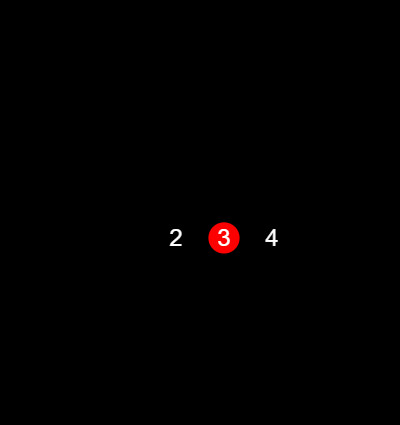 A Major chord diagram
A Major chord diagram
Now, picture sliding this entire shape up two frets. Your second, third, and fourth fingers will move up to the 4th fret. The open strings of the A chord shape (which are effectively on the 0th fret) will now be represented by your index finger barring across the 2nd fret. This barring action is what makes it a “bar chord.”
This shift results in a shape that looks like this initially:
 B Major chord diagram
B Major chord diagram
To complete the B major bar chord, you need to include the notes on the lowest (E) and highest (e) strings. This is where the “barre” comes into play. You flatten your index finger across all six strings at the 2nd fret, ensuring all strings ring clearly.
The complete B major A shape bar chord looks like this:
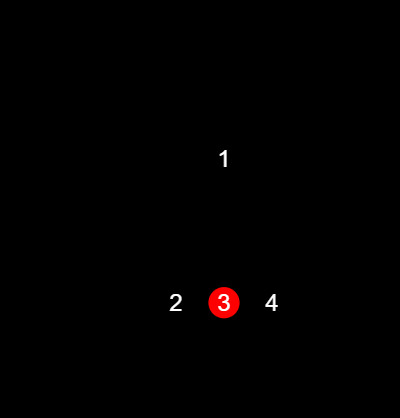 B Major A Shape Bar Chord Guitar
B Major A Shape Bar Chord Guitar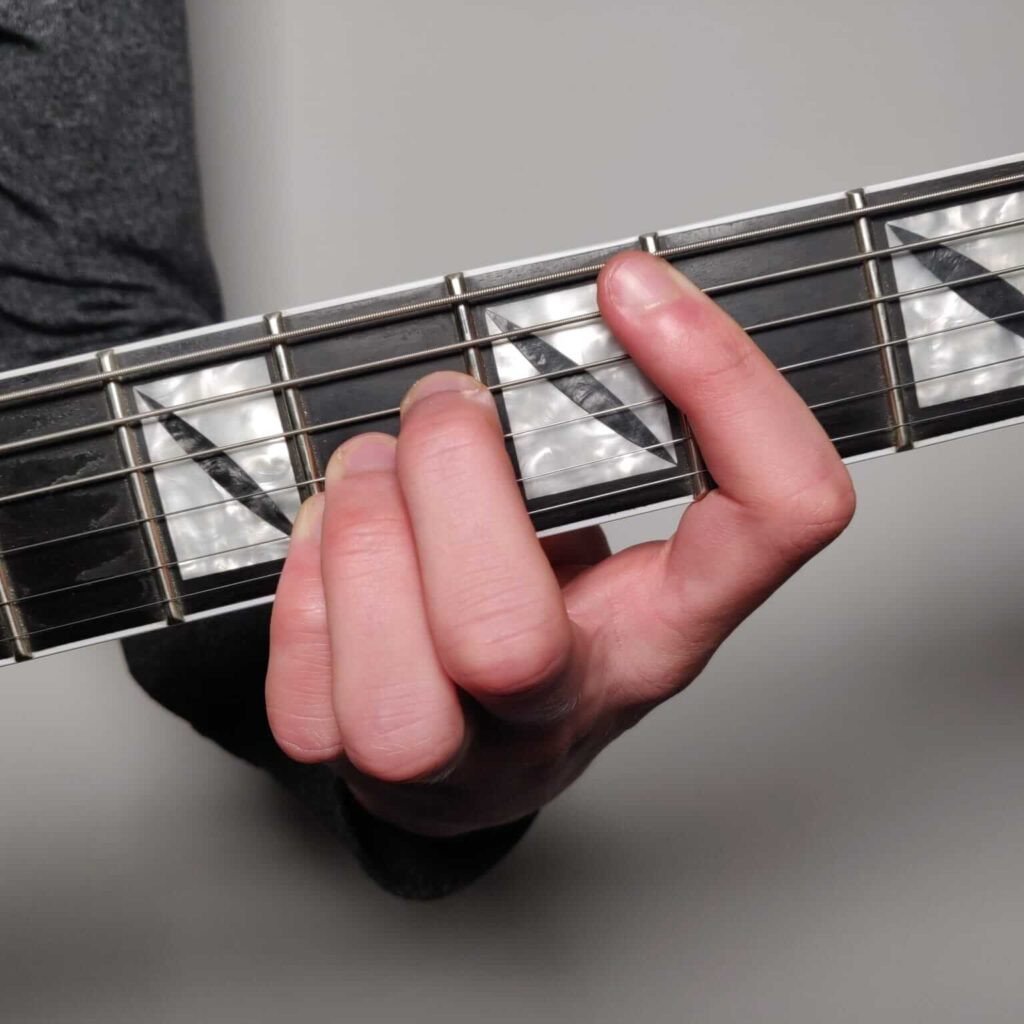 B bar chord A shape guitar fingering diagram
B bar chord A shape guitar fingering diagram
This is your B major bar chord in the A shape. It’s called the “A shape” because it’s derived from the open A chord shape, just moved up the neck with a barre. The root note of this chord (the note that defines it as a B chord) is the B note on the A string, which is now fretted at the 2nd fret under your index finger.
For some players, a slightly modified A shape bar chord might feel more comfortable:
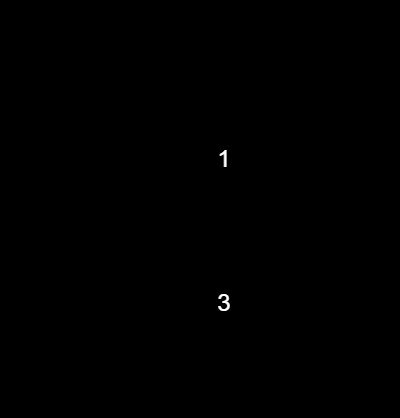 B Major A Shape Bar Chord Guitar 2
B Major A Shape Bar Chord Guitar 2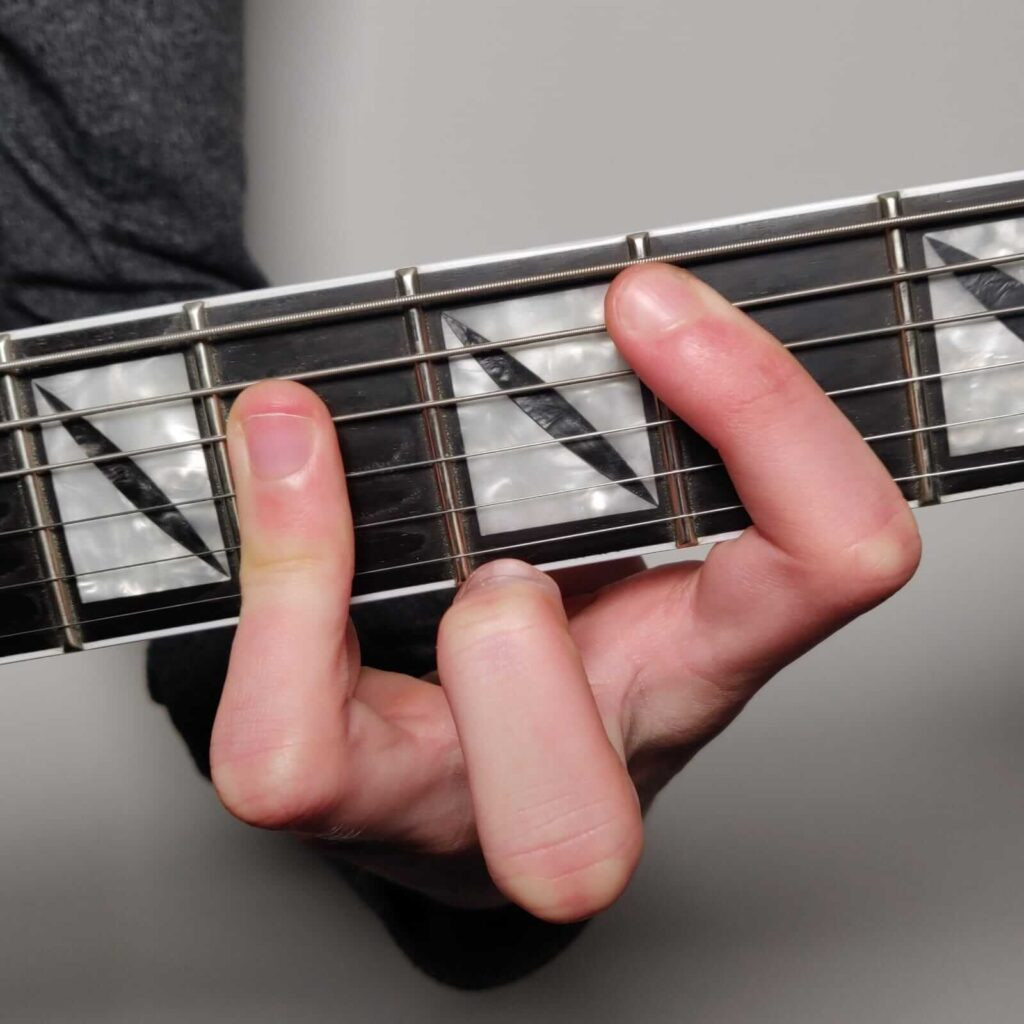 Alternative B bar chord A shape guitar fingering diagram
Alternative B bar chord A shape guitar fingering diagram
The beauty of the A shape bar chord is its versatility. You can use this shape to play any major chord. Simply slide the entire shape up or down the neck, keeping the A string root note in mind. For example, to play an Eb major chord, locate the Eb note on the A string (6th fret) and slide your A shape bar chord to that position. This movable nature is what makes bar chords so powerful and essential for guitarists.
Now that you’ve mastered the A shape B bar chord, let’s explore the second crucial bar chord shape – the E shape.
Expanding Your Chord Vocabulary: The B Bar Chord E Shape
Knowing two bar chord shapes, the A shape and the E shape, significantly expands your ability to play chord progressions smoothly and efficiently. Consider chord progressions that involve chords like Eb major. As we saw, you can play Eb major using the A shape bar chord. However, if you’re transitioning from a B chord, moving from the 2nd fret (for the B chord A shape) to the 6th fret (for the Eb chord A shape) can be a large jump.
This is where the E shape B bar chord comes into play. The E shape bar chord allows for closer and more fluid transitions between chords, especially when dealing with chord changes that are further apart on the fretboard when using only one bar chord shape.
Instead of using the B note on the A string as the root, the E shape B bar chord utilizes the B note on the E string (7th fret). This different root position provides an alternative way to play the B chord and opens up new possibilities for chord voicings and transitions.
To find the E shape B bar chord, start with a standard open E major chord:
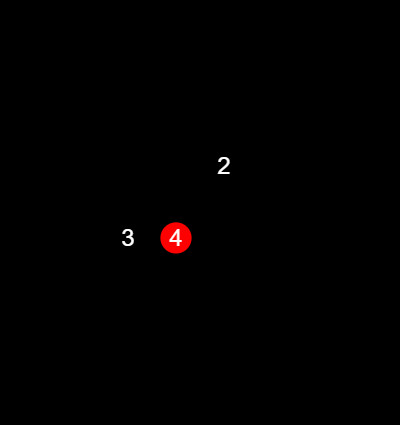 E major chord diagram
E major chord diagram
Now, imagine sliding this E major shape up the neck until the root note (the E string) lands on the 7th fret, which is a B note. Your 3rd and 4th fingers will now be positioned around the 9th fret.
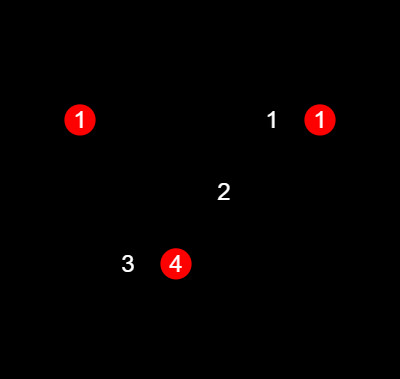 B Major chord non-bar diagram
B Major chord non-bar diagram
Just like with the A shape, to make this a bar chord and include all the necessary notes, you’ll barre across all six strings with your index finger at the 7th fret.
The resulting E shape B bar chord looks like this:
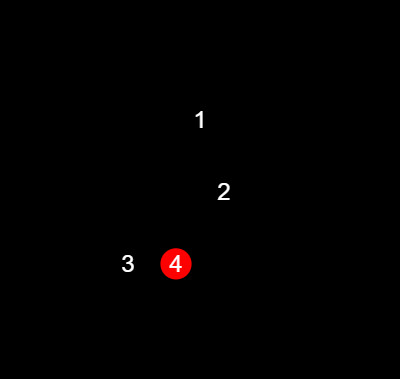 B Major E Shape Bar Chord Guitar
B Major E Shape Bar Chord Guitar B bar chord E shape guitar fingering diagram
B bar chord E shape guitar fingering diagram
This is the E shape B bar chord. It’s called the “E shape” because it’s built upon the open E major chord shape. Knowing both the A shape and E shape B bar chords gives you flexibility in your playing. You can choose the shape that best facilitates smooth transitions within a chord progression. For instance, when moving between B and Eb, the E shape B bar chord (7th fret) is much closer to the A shape Eb bar chord (6th fret), making the change quicker and easier than moving from the A shape B bar chord (2nd fret) to the A shape Eb bar chord (6th fret).
Bringing It All Together
Congratulations! You now have three distinct ways to play the B chord on guitar: the open position B, the A shape bar chord, and the E shape bar chord. Each shape has its unique advantages and applications. The open B chord offers a simpler alternative to bar chords, while the A and E shape bar chords provide versatility and movability for playing various major chords across the fretboard.
By practicing and mastering all three of these B chord variations, you’ll not only conquer the B chord but also gain a deeper understanding of chord construction and guitar fretboard navigation. Experiment with using these different B chord shapes in your practice and playing. You’ll find that having these options at your fingertips will make your guitar playing smoother, more versatile, and ultimately, more enjoyable. So, go ahead, impress your friends with your newfound B chord mastery, especially that elusive open position B!

